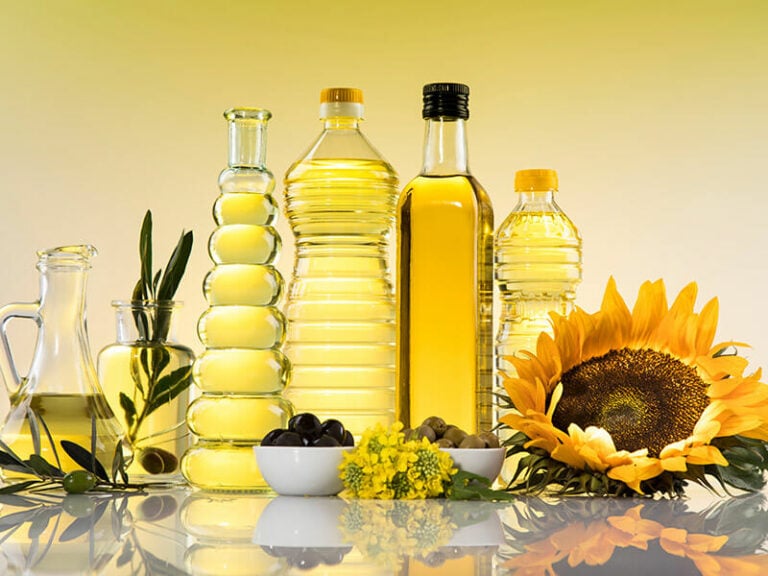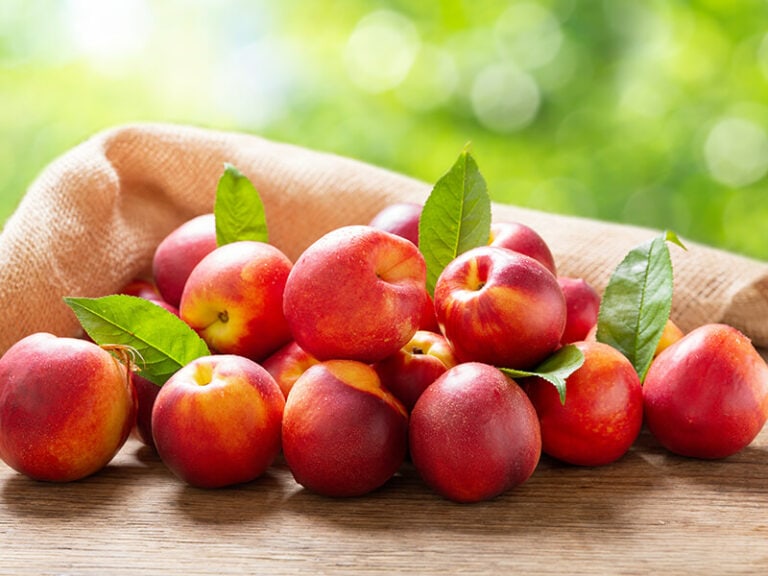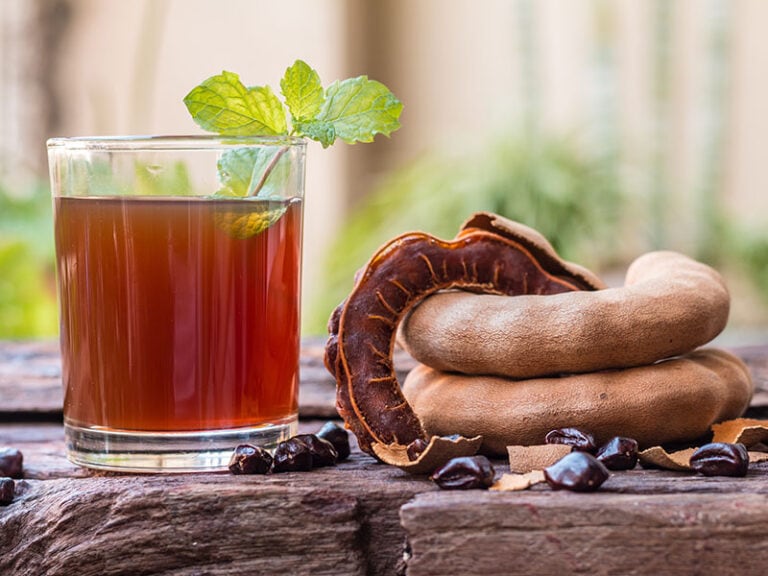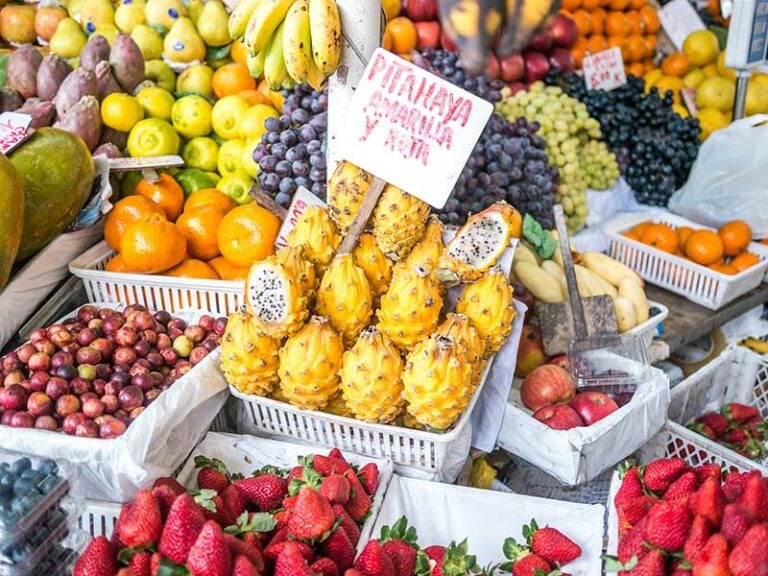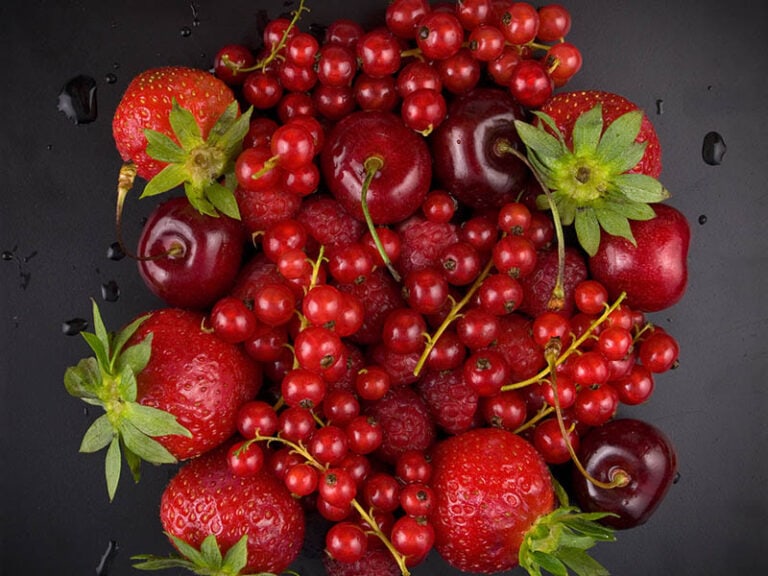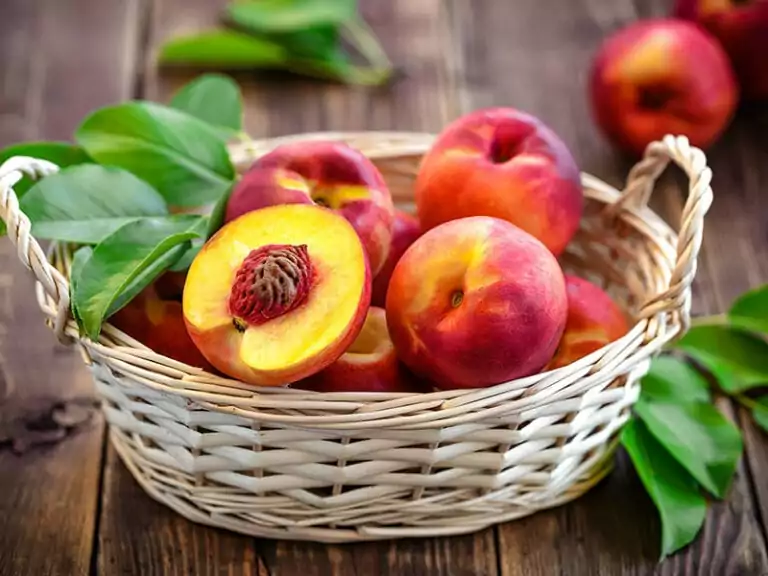Sometimes, you struggle and question yourself, “do olives go bad?” when you accidentally remember that you bought many of them from the supermarket earlier. So the main goal of this post is to tell you how to know whether olives are bad and how to keep them fresh.
As you might (or might not) know, olive is rich in vitamin E and antioxidants. And they are also a good friend for those trying to lose weight (but with the moderation usage, obviously). Therefore, everyone should know ways to check and consume them at their best. Let’s get started.
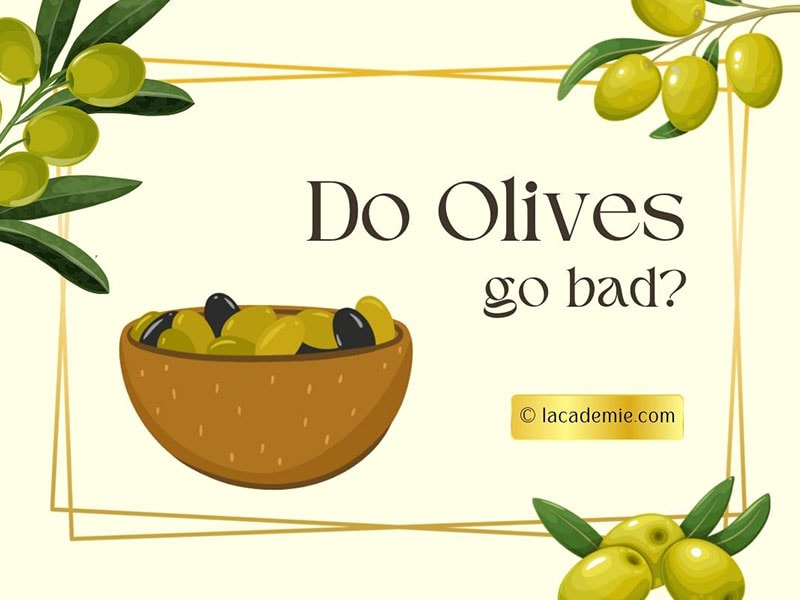
So, Do Olives Go Bad Or Not?
Unfortunately, they do, just like the majority of foods out there. Their texture, smell, and taste will be changed during a period, leaving them spoiled and inedible.
Many factors affect olives’ shelf life, such as their production procedure, ingredients, packing, and how you preserve them. Overall, the shelf life of olives also depends on their brands.
The common expired date for olives is up to 3 to 4 years from the production date, for unopened jars or cans of olives. But once they are opened, 1 to 2 weeks is the ideal period for you to consume them.
Is Olive A Fruit?
Many of you think olive is a kind of veggie, but no, they are a fruit and are considered a common dish to serve with pizza, salad, or pasta. They have specific bitterness that increases the flavor of other meals. That’s why you can see they are very popular.
This famous O-something fruit originates from the Mediterranean, and they are varied in varieties. Their color range is from green olives to black ones. But basically, green is unripe olive and black is fully ripe olive. With the different stages of maturity, they have different textures and flavors.
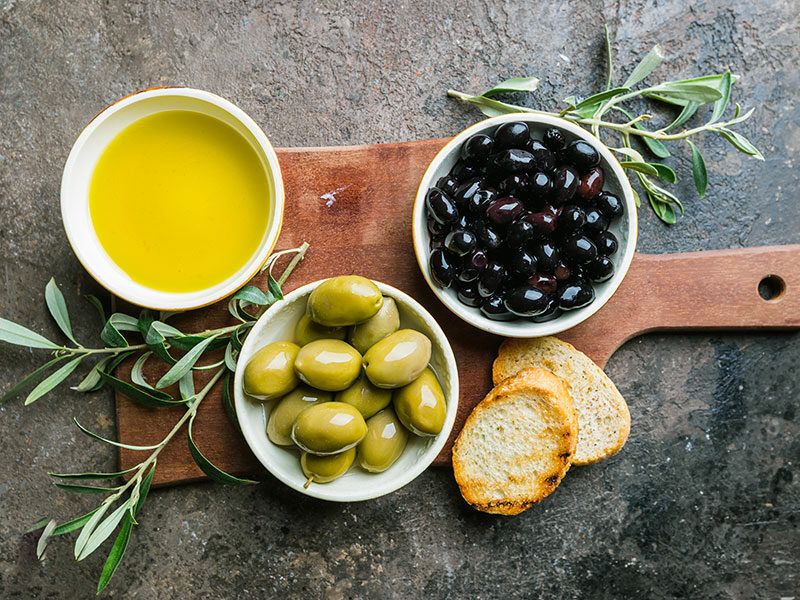
Reason Why Fresh Olive Is Rarely Available In Stores
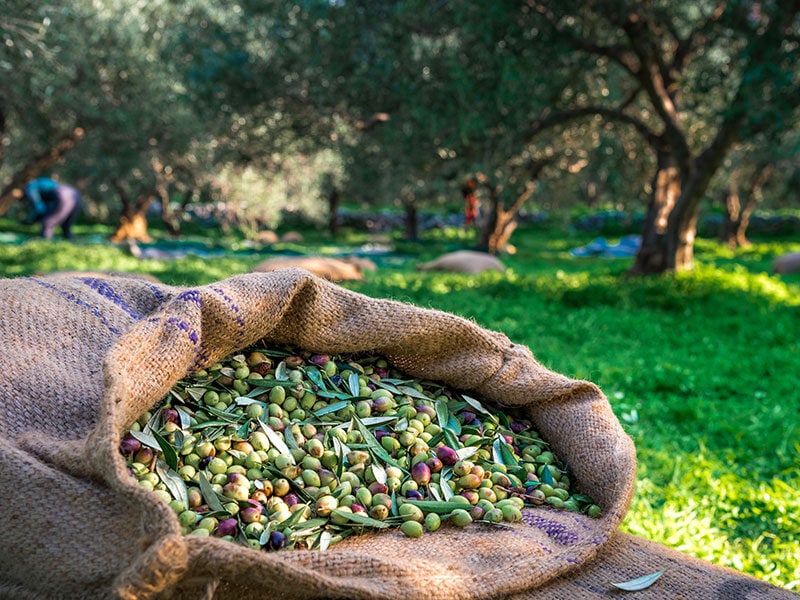
Has it ever crossed your mind why you rarely find fresh olives sold in the supermarkets or gourmet grocers instead of brined olives and canned ones?
Unlike other fruits, fresh olives, even the ripe ones, are very bitter as they contain a phenolic compound named oleuropein (1). Therefore, in order to make olive edible, they must be processed by different techniques to get the oleuropein out of them.
It can be fermented in salt, brine, or soaked in lye, a chemical-related process. However, those techniques require a particular time to make olives less bitter. But keep in mind, do not ever try fresh olives.
After removing the bitterness, they will be packed in jars or cans with liquids to store them. The liquids can be salt brine or oil. The main purpose of those liquids is to boost the rich and tastier flavors of olives.
So the bottom line is, there are ways to tell if your olives are bad will be explained below.
How To Tell If Olives Have Gone Bad?
Sometimes, you forget that you bought a few jars (or cans) of olives when they are on sale. After weeks, you just realize it and wonder whether they are still safe for you to eat.
Here, I will reveal some step-by-step sensation tips to check olives to be sure about your olive prior to consumption.
Step 1: Brief Review Of The Unopened Jar/Can Condition
If olives are still in the unopened jar/can, you can implement this step before bringing it home from the grocery store.
To begin, take a look at the lid to be sure that it is still sealed. If you see the lid has a little dome or is round rather than flat, olives might be spoiled at this point.
A dome-shaped lid indicates that the olive jars/cans have not been properly sealed, allowing bacteria to enter and ruin your olive. Whether you open the jar with an ergonomic jar opener or by hand, you’ll hear a little pop. If you don’t hear this, it’s likely that the olives have gone bad.
Also, remember to search for any oxidized or leaked or dented signs of the jar/can because it means their storage is wrong, resulting in ruined olives.
Step 2: Check For Mold Or White Spot On The Olives
Once you opened and enjoyed them before, but somehow you forget that you left them in the kitchen or in the fridge for a long time. Now you need the olives for some tasty Italian first courses? First, you should take a look at the content inside.
Check for mold on the olive. If you see a thin layer of white mold, it means that your olives need to be rid of.
However, if you see some white spots of olive, it is totally fine with brined olive but not with brine-free ones. Mezzetta states that olives are still edible after you remove the white marks on them as it is simply a sign of the olive fermenting process (2).
Step 3: Smell Olives To Detect Spoiled Ones
Now use your sense of smell to examine whether your olives have gone bad or not. Maybe you see their appearance is fine without any suspected visuals of spoilage; you can take a sniff to be sure again.
If you smell it somewhat rancid, then garbage should be the place for them, not your stomach. Bad olives also have a pungent smell, or generally, if you find it smells terrible, then do not eat them and discard them right away.
Moreover, with black olives, if you spot some white fuzz on them, or they are faded or severely discolored, well, your olives are totally ruined.
Step 4: Taste Olives To Make Sure Again
Finally, even though their smell and appearance are fine, taste a little bit of them. It can look and smell good but if olives taste gross, there is no reason to test your stomach as I will explain the bad outcome of eating bad olives in the next part.
To sum up, check for any damaged signs of the jar/can (for unopened olives) and any visual spoilage such as mold, white fuzz, or weird flavors before consuming them.
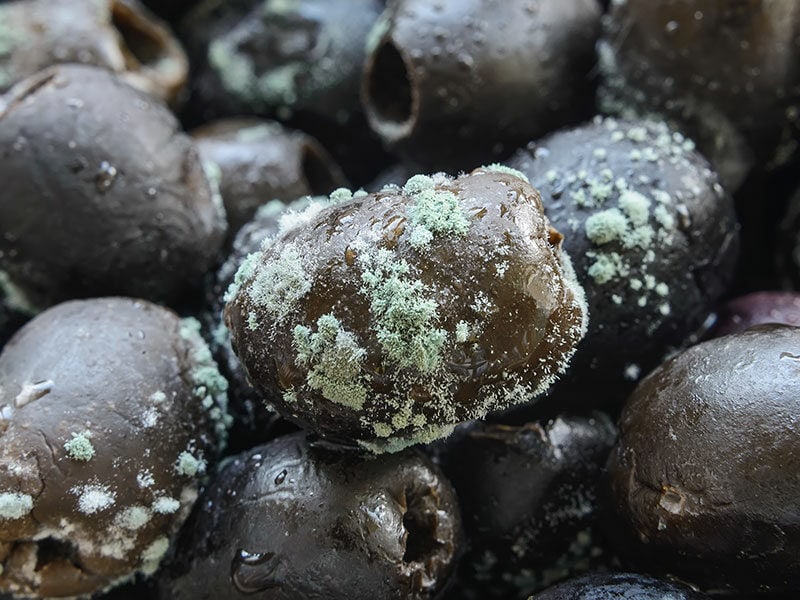
The Negative Effect Of Eating Spoiled Olives
There are some scenarios that you might expect after you accidentally eat bad olives.
It might result in some annoying food poisoning symptoms such as nausea, vomit, diarrhea, or stomach ache. But these symptoms will be gone after a few hours.
A popular treatment for food poisoning is to drink as much water as you can because water will replace the fluid you lost, making you feel better. Another treat is using activated charcoal to absorb the poison in your stomach.
Also, the best type of water to have when inflicted with food poisoning is electrolyte-rich drinks such as tasty coconut water from leading brands. This will ensure that you’re properly hydrated and have the energy required to recover.
But if your symptoms get worse, you must have your stomach checked in the nearest hospital.
How Long Do Olives Last?
Here is the detail to know how long olives can last so you can ensure that they are perfect for eating.
Why is there a wide range of expired dates for opened jars of brine olives? Well, it depends on the procedures to produce them.
For example, Mezzetta states that their olives can last for a year after opening (2), but the others have shorter expired dates. It is shown that saltier brine is more likely to result in a longer lifespan for olives.
How To Store Olives?
However, besides different lengths of time of various olive brands, it is also based on the way we store them.
If they are still in a sealed jar/can, you can leave them at room temperature without any concern, but remember, avoid direct sunlight or heat, so it would be better to keep them in a closed cabinet.
In case you opened them already, the ideal and basic way is to put them in the fridge right after that. But in fact, you can handle them well at the normal room temperature even when they are opened. So here are some simple tips for storing them properly.
1. Tightly close the lid after usage
2. For brine or oil olives, make sure the olives are wholly covered with liquid as brine, oil, or water-based liquids.
How about brine-free olives? Ideally, seal them tightly and thoroughly after each use. You can use freezer bags to store them.
3. If they are chilled in the fridge, they would be fine for up to 1 year for some specific brands. But if you place your olive jar/can at room temperature, be sure it is not higher than 75 F degrees (around 23 C degrees) and has no direct hot lighting to them.
Another thing to keep in mind is that olives may lose a little bit of their texture after a period of time, so they are better suited to cooked dishes than salads.
Not sure what dish to cook with thawed olives? My personal favorite is olive flatbread—a delectable Moroccan side dish you must try. Once properly baked, the bread will have a slightly fruity fragrance and a mouth-watering flavor. You won’t even know it’s made from frozen olives.
In short, check the expiration label in advance and follow it to have proper ways for storage and enjoying them at their finest. And be noted to tightly seal the container to prevent olives from the development of potential bacterias.
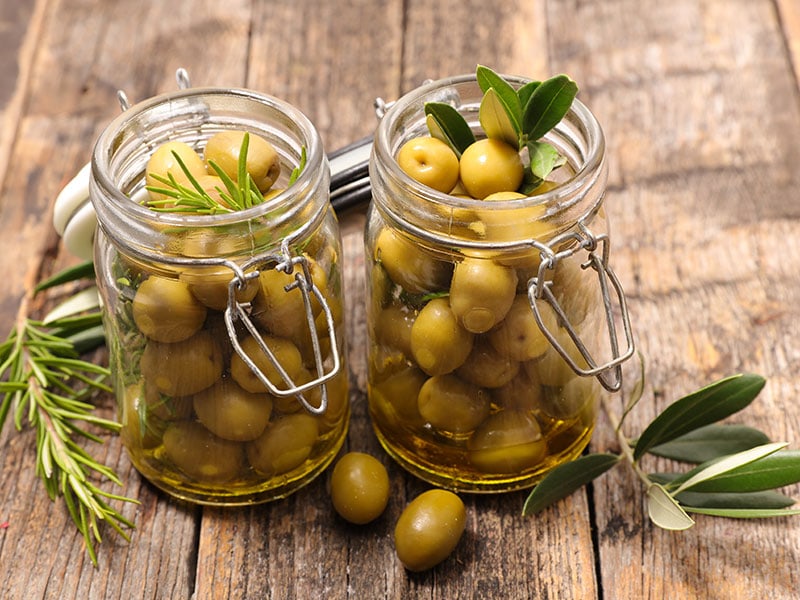
Health Benefits Of Olives
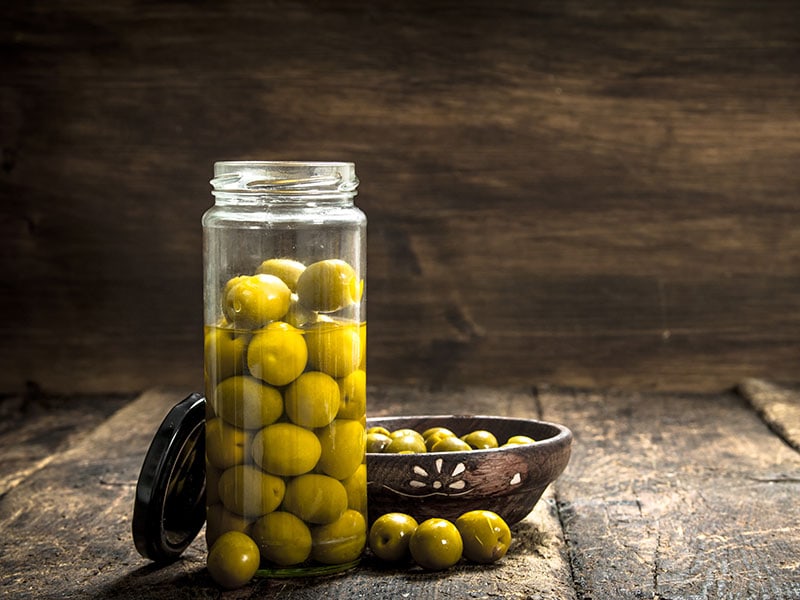
Olive is high in nutrients with vitamins and minerals. The high-fat content in olives also supports your overall health. With the advantages for particular body organs (3), let’s see what health benefits for you from olives.
1. Prevent Cardiovascular Problems
The heart is one of the most critical organs in your body. That’s why you should treat your heart well. And eating olive is a way that makes not only your heart but also your stomach happy.
Oleic acid in olives can protect your heart from any cardiovascular diseases by managing the bad cholesterol in your body.
2. Strengthen Bones
Olives’ plant compounds can aid the function of bones, protect your bones from osteoporosis.
3. Prevent Cancers
The antioxidant and oleic acid found in olives are more likely to help you decrease the possibility of cancer. Many research shows that those contents can delay the development of cancer cells.
Frequently Asked Question
Below are some common issues that you might be concerned about.
So, Are You An Oliveholic?
Olives can be seen as the perfect side food for various dishes. From salty to sweet olives, the varying tastes make you feel your meal is more delicious. But if you have not tried them yet, you better do.
Finally, if you like this article, please like and share it with your friends to spread these useful tips to determine good and bad olives. And do not hesitate to share your thoughts on this matter so we can discuss with more different perspectives.
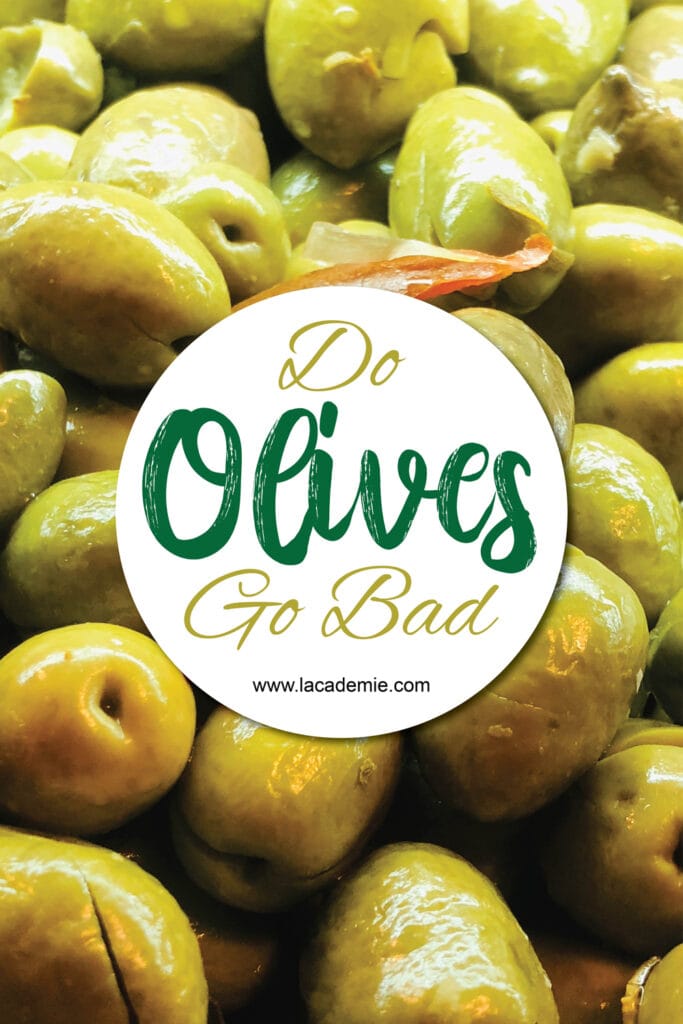
Reference
- Rebecca, L. & Alyson, E. 2018. ‘Reducing Phenolics Related to Bitterness in Table Olives’. Journal of Food Quality.
- Mezzetta 2021. FAQs – mezzetta.com.
- Adda, B. 2019. Olives 101: Nutrition Facts and Health Benefits – healthline.com.

